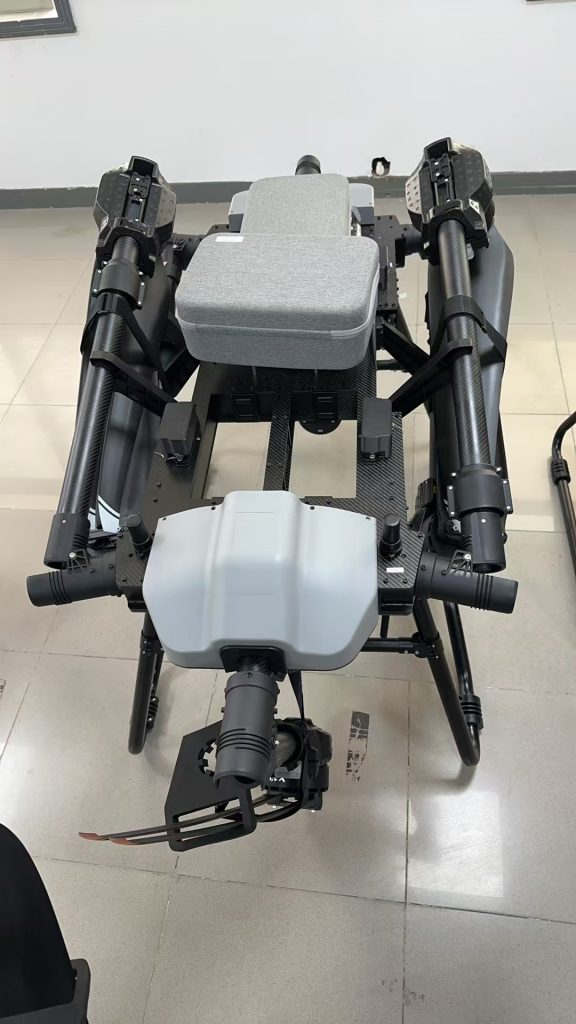
Hungary’s Great Hungarian Plain—the Puszta—is a sea of gold in summer, where waves of wheat and barley roll under a vast sky. Here, agriculture isn’t just a livelihood; it’s a cultural pillar. For centuries, family-run farms, many spanning 10–50 hectares, have tilled this fertile land, growing crops like maize, sunflowers, and grapes that feed Europe and fuel Hungary’s pride in its “breadbasket” legacy. Yet beneath this golden abundance, challenges fester. An aging farmer base (the average age hovers near 59), a shrinking rural workforce as young Hungarians move to Budapest or Western Europe, and increasingly erratic weather—droughts that wither crops and floods that wash away topsoil—threaten the survival of these generational operations. It’s here, amid the rustling wheat and the hum of tractors, that an unlikely ally has taken flight: agricultural drones imported from China, now gliding over Hungarian fields to prove that tradition and innovation can thrive together.
Hungary’s Farms: Golden Fields, Pressing Strains
Hungarian agriculture is defined by its scale and soul. In the east, near Debrecen, vast maize fields stretch to the horizon; in the west, along Lake Balaton, vineyards cling to sunlit slopes, producing Hungary’s famed Furmint white wine. Dairy farms, with their herds of Hungarian Grey cattle, dot the landscape, their milk turning into creamy túró cheese sold at Budapest’s markets. But for all its richness, farming here is a daily act of balance.
“My farm is in Hajdúböszörmény, a village where my grandfather first plowed the soil in 1910,” says István, a 64-year-old wheat farmer. “Today, it’s just me and my daughter, Anna. Hand-spraying pesticides on 20 hectares takes three days—by then, the aphids have already devoured half the crop. And last summer’s drought? It stunted my maize by 30%. I needed a way to work smarter, not just harder.”
Climate change has sharpened these struggles. Warmer winters have brought new pests, like the European corn borer, while spring floods delay planting, and summer heatwaves turn soil to dust. Meanwhile, Hungary’s commitment to EU sustainability goals—cutting pesticide use by 40% by 2030—means farmers must reduce chemical reliance without sacrificing yields. “Young people see farming as backbreaking labor,” adds Éva, who runs a family sunflower farm in Szabolcs-Szatmár-Bereg County. “We need to show them it can be modern, efficient, and proud.”
Drones Built for the Puszta’s Spirit
When we first explored exporting to Hungary, we didn’t just send drones designed for flat, uniform fields. We studied the Puszta: its vast plains interrupted by small, family-owned plots; the way farmers navigate dusty farm roads in beat-up Ladas; and the urgency of precision in a land where every liter of water and gram of chemical counts. What emerged was a drone tailored not just to Hungary, but to its people.
Robust and ready: With a 14-kilogram payload and a 22-minute flight time per battery, our drones handle Hungary’s wide-open fields with ease. Their sturdy frames resist dust kicked up by summer winds and mud splashed during spring rains—critical in a country where farm equipment ages quickly in harsh conditions. “In the past, tractors got stuck in wet soil; drones just hover above it,” István says. “This thing launches in minutes, even after a downpour.”
Precision for productivity: Multispectral sensors map crop health at the field level, flagging nutrient gaps or pest outbreaks before they’re visible. For Éva’s sunflower farm, this meant switching from “spray everything” to targeted doses—slashing pesticide use by 45% while boosting yields by 22%. “The drone shows me exactly where the bugs are,” she explains. “I treat just those plants. The rest thrive, and my ‘eco-friendly’ sunflower oil fetches a premium in Germany.”
Simple to learn, proud to master: Many Hungarian farmers are tech-curious but value tradition. We designed a Hungarian-language interface with one-touch “health scan” modes and paired it with workshops led by local agronomists in village community centers, over gulyás (goulash) and palacsinta (pancakes). “I thought drones were for tech nerds,” admits Anna, István’s daughter, now a farm manager. “But after the training? I flew one myself. It’s like using a smartphone—intuitive, and it makes me feel like I’m carrying on our legacy with the future.”
More Than Machines: Building Trust in the Heart of Europe
In Hungary, trust is earned over pálinka (fruit brandy) and stories of harvests past. We didn’t just ship drones; we set up a service hub in Debrecen and partnered with the Hungarian Farmers’ Association to host “drone days” where farmers troubleshoot together and share successes. “Hungarian farmers are loyal,” says László, the association’s regional head. “If one trusts it, ten will follow. But first, they need to see it care.”
That care deepened when we adapted to their reality. During last year’s record drought, we rushed water-efficient nozzles to farmers using our drones. When István struggled with tall wheat stalks blocking spray paths, our engineers adjusted the drone’s flight height—no extra cost. “You didn’t just sell us a tool,” Éva says. “You stayed when the sun scorched. That’s family.”
Today, drones are weaving themselves into Hungary’s farming soul:
-
Wheat Fields (Hajdúböszörmény): István now monitors his crop weekly, cutting chemical use by 38% and reducing runoff into nearby rivers. “My yields are stable, but my costs are down. Anna’s even started a social media page showing how we farm with drones—young people are noticing.”
-
Sunflower Farms (Szabolcs-Szatmár-Bereg): Éva’s “eco-oil” now supplies organic stores in Vienna. “Buyers love that we’re cutting chemicals and keeping our land healthy. The drone is our proof.”
-
Vineyards (Balaton): László, a winemaker in Badacsony, uses drones to map vineyard health, optimizing irrigation. “Better grapes mean better wine. Last year, my Furmint won a gold medal at the Budapest Wine Festival—and the judges asked about our drone.”
A Future Where Tech Honors Tradition
What began as a business deal has become a partnership. Hungarian farmers teach us about their land: how drones handle the Puszta’s strong summer winds, which crops (like sour cherries) need gentler spray settings, even which Hungarian phrases make training stick (“Repülj, droni!”—“Fly, drone!”—is now a workshop joke). In return, we’re refining our drones: larger tanks for Debrecen’s vast maize fields, quieter motors to avoid spooking cattle, even solar panels to extend flight time in the hot summer sun.
As Hungary aims to boost organic farming by 35% by 2035, drones offer more than efficiency—they offer hope. They let young farmers like Anna see a future tending land, not just chasing city jobs. They let elders like István pass down knowledge without burning out. And they let this nation of golden fields prove that even in a world of mega-farms, small plots can thrive with the right tools.
So when you next see a drone gliding over Hungarian wheat fields or sunflower patches, know this: it’s not just flying. It’s carrying the dreams of a community, the lessons of a factory halfway across the world, and the quiet belief that tradition and innovation can grow—side by side, season by season.
After all, the best technology doesn’t replace the past. It helps it take root—and soar.
THE END

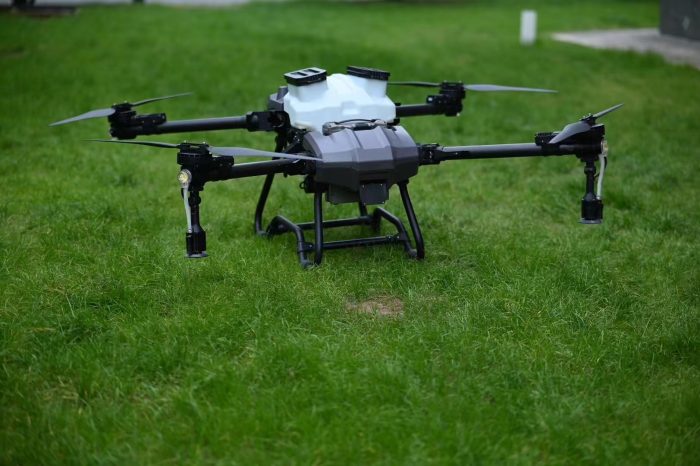
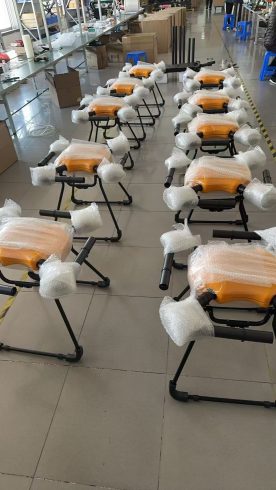
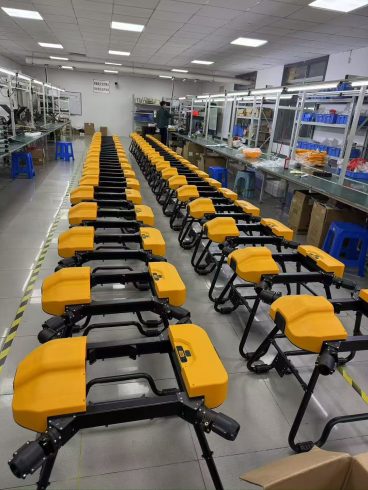


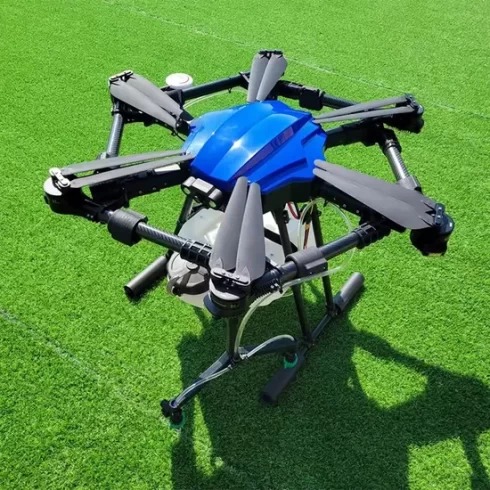

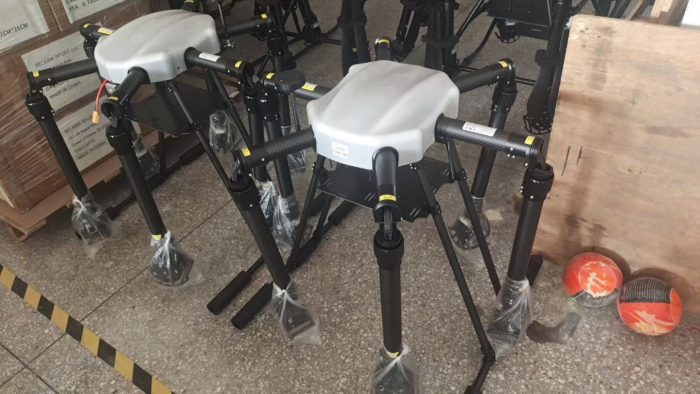

暂无评论内容